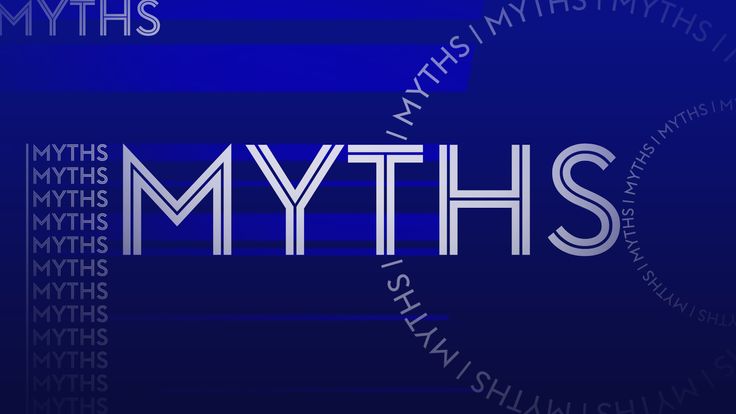Man Utd 3-5 Tottenham and Newcastle 4-4 Arsenal among extraordinary Premier League comebacks

Wednesday 1 April 2020 07:37, UK
They say a 2-0 lead is a dangerous winning margin - but is it really that risky? We check Opta data for the first part of a new series...
The football cliche goes that teams with two-goal leads become complacent, to such an extent that some may even be more likely to concede victory than teams holding a one-goal advantage for whom a slender margin puts greater focus on protection.
But what do the numbers really say?
In total, 3,087 teams have held a two-goal advantage during a game since the Premier League kicked off in August 1992.
Of those 3,087 teams, a staggering 2,767 ended up winning the fixture, with only 234 ending in draws and 86 with defeats.
Therefore, 89.6 per cent of teams that gain a two-goal lead win the game, 7.6 per cent draw, and only 2.8 per cent suffer defeat.
The myth is clearly busted by the match results.
Teams with a one-goal advantage are far less likely to win. Of the 6,314 sides that have been one goal ahead during the Premier League era, only 3,296 won the game, 1,918 drew and 1,100 lost.
Remarkably, that's only a 52.2 per cent win rate, with 30.4 per cent ending all square and 17.4 per cent losing the fixture.
Therefore, a one-goal winning margin means a team is 37.4 per cent less likely to win the game than a team with a two-goal advantage. So a 1-0 winning margin is far more vulnerable than a 2-0 lead.
And the odds of victory are slashed even more drastically with a three-goal winning margin.
Since August 1992, 1,246 teams have led by three goals and 1,226 of those claimed three points - that's a 98.4 per cent win rate.
In 28 years, only 16 teams have fought back from three goals down to secure a draw and just four have overturned the deficit to win - that's 0.4 per cent.
We will be busting more common myths every day this week. If you're reading on skysports.com, comment below to join the debate, but please respect our House Rules. If you wish to report any comment, simply click on the down arrow next to the offending comment and click 'Report'.
In chronological order, Leeds overturned Derby's 3-0 advantage at Elland Road in November 1997, with Rod Wallace reducing the deficit in the 37th minute and Lee Bowyer claiming all three points in the 90th minute.
Wimbledon achieved the same feat in fewer minutes the following year after John Hartson's goal and a quick double from Ian Wright had put West Ham 3-0 up with just 27 minutes on the clock, before Jason Euell, Efan Ekoku and two goals from Marcus Gayle sealed a 4-3 winning comeback.
Perhaps the most extraordinary comeback came in September 2001, when Manchester United trailed Tottenham 3-0 at half-time through strikes from Dean Richards, Les Ferdinand and Christian Ziege.
Andy Cole started United's comeback within a minute of the restart, before goals from Laurent Blanc, Ruud Van Nistelrooy, Juan Sebastian Veron and David Beckham sealed a memorable 5-3 victory at White Hart Lane.
Wolves were the last team to overturn a three-goal deficit and claim victory in October 2003, cancelling a Les Ferdinand brace and Riccy Scimeca goal with second-half strikes from Alex Rae, Henri Camara and Colin Cameron scoring twice.
Only one team in the entire Premier League era have come back to share the spoils after falling four goals or more behind.
Arsenal squandered a 4-0 advantage on 68 minutes against Newcastle in February 2011 to end up drawing 4-4 at St James' Park.
Theo Walcott, Johan Djourou and two goals from Robin van Persie had given the Gunners a commanding lead before the break.
However, Arsenal midfielder Abou Diaby was sent off five minutes after the restart, before the Magpies grabbed four goals in 19 minutes through Leon Best, the late Cheick Tiote, and two penalties from Joey Barton.